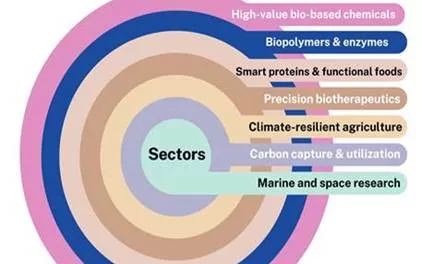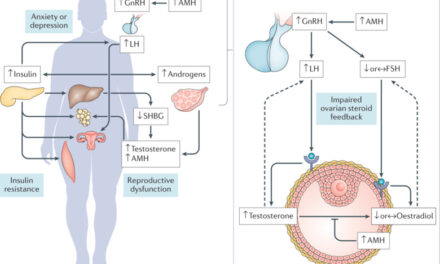Researchers Map the Unique Structure of Protein Clumps in Huntington’s Disease, Paving the Way for Better Diagnostics and Treatments
In a groundbreaking discovery, an international team of scientists, led by Professor Patrick van der Wel from the University of Groningen, has unveiled the first detailed image of the protein clumps associated with Huntington’s disease (HD). This breakthrough promises to revolutionize our understanding of the disease and opens the door for more precise diagnostics and potential treatments.
Huntington’s disease is a hereditary neurodegenerative disorder that causes progressive deterioration and death of nerve cells in specific regions of the brain. At the core of the disease is a mutated form of the huntingtin protein, which forms abnormal clumps that disrupt normal cellular functions. While other neurodegenerative diseases like Alzheimer’s and Parkinson’s have been linked to similar protein aggregates, the structure of the huntingtin clumps has remained largely unknown—until now.
The research team utilized a combination of advanced computational modeling and experimental techniques to produce the first high-resolution image of the protein aggregates found in Huntington’s disease. Their findings reveal a unique and distinctive “fuzzy coat” that envelops the surface of these protein clumps, setting them apart from similar aggregates seen in other neurodegenerative conditions.
According to Professor van der Wel, understanding the structure of the protein clump is a critical step toward unraveling the role these aggregates play in the disease’s progression. “Knowing the structure of the protein clump is a critical piece of the puzzle of how these proteins play their role in the disease,” he said. “It also paves the way for developing diagnostics and perhaps even treatments.”
The clumps found in Huntington’s disease, like those seen in Alzheimer’s and Parkinson’s, are elongated shapes known as fibrils. However, the fibrils in Huntington’s disease exhibit distinctive features that differentiate them from those found in other diseases. This new insight could help researchers develop targeted methods for detecting and monitoring these fibrils in patients, especially in the context of experimental treatments.
The research was supported by Huntington’s disease foundations, which rely heavily on funding from families affected by the disease and the broader public. The project offers new hope for those living with Huntington’s disease, providing a potential path toward better diagnosis and more effective therapies in the future.
This study, titled “Integrative determination of atomic structure of mutant huntingtin exon 1 fibrils implicated in Huntington disease,” was published on December 30, 2024, in Nature Communications. The full article can be accessed via DOI: 10.1038/s41467-024-55062-8.
With this new understanding of Huntington’s disease at the molecular level, scientists are one step closer to unlocking the potential for life-changing treatments for those impacted by this devastating condition.












